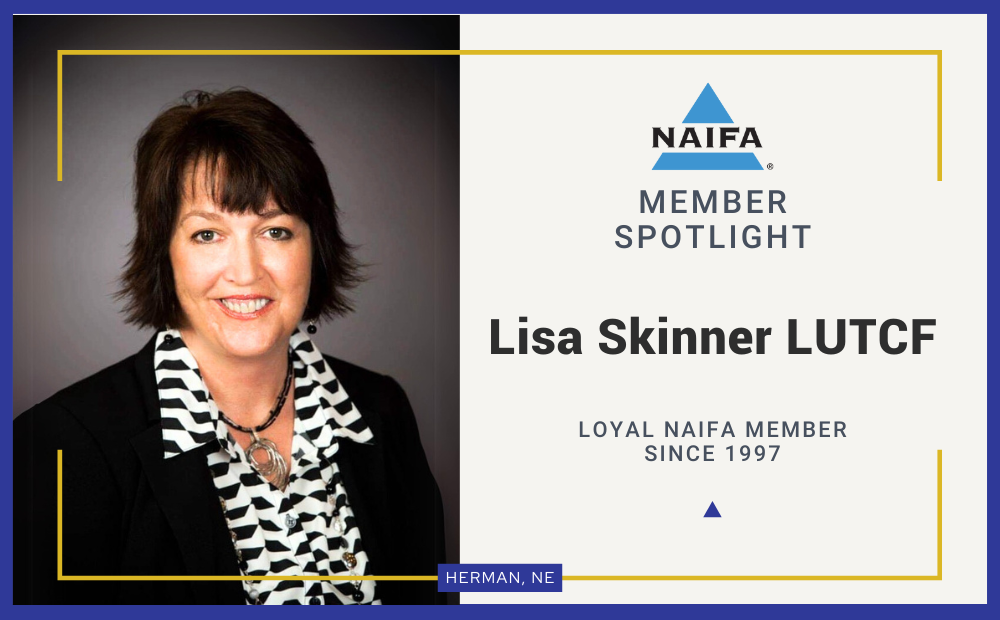Closing a sale requires that you focus not on your prospect’s needs, problems or pain, but on what he wants.
By Mel Schlesinger
Have you ever wondered why there is so much emphasis on overcoming objections? Whether it’s prospecting or closing the sale, sales trainers tell us that we must be prepared to overcome objections.
In prospecting, we are taught to use the “feel, felt, found formula” to overcome objections. This is the one that goes: “I know just how you feel Mr. Prospect. Many of my clients felt exactly as you do, but after giving me a chance to illustrate how this idea can help them, they saw the value and became some of my best clients.”
To deal with objections at the close, we are taught that an objection is simply a request for more information. Trainers tell us that that the first order of business is to uncover the real objection so that we can answer it. I believe that overcoming objections creates an adversarial environment that is not conducive to creating a relationship in which you will be looked upon as the trusted advisor.
Emotions rule
In virtually all of my programs, I ask salespeople to fill in this blank: “In order to close the sale, you must uncover what the prospect __________________.” Ninety-five percent of the time, participants respond with the word: “needs.” This is not surprising since salespeople have been taught from the beginning of time that we must uncover the prospect’s needs, pain or problem.
Unfortunately, people are not motivated by needs, pain or problems. As much as we would love to believe that sales success is a logical progression, it is not. And it is important to note that there is great science behind what I am about to share.
The May 2009 issue of Fast Company magazine features an article titled, “Change or Die.” This article discusses many studies of people with coronary artery disease who have just undergone bypass surgery. Immediately following the surgery, they are told by their doctors that if they do not change their diet or exercise habits, they will undergo a second surgery within seven years. Obviously all the participants see and acknowledge the need. Yet five years post-surgery, less than 10 percent of members of the study group make any change to their diet or exercise.
Closing the sale requires that we somehow engage the prospect’s emotions.
In addition, there are many newer studies that look at the brain in an fMRI (functional MRI) and watch as major decisions are made. Time after time, the areas of the brain associated with logic light up but fail to motivate a decision to change. But in every case where a decision is made, even those involving multimillion dollars, the areas of the brain that are engaged are those dealing with emotion. There can be no doubt that closing the sale requires that we somehow engage the prospect’s emotions and that requires that we focus not on his needs, problems or pain but on what he wants.
Wants vs. needs
In a recent program on this subject, one of the participants asked this question: “If I help the prospect identify a problem and he wants to fix it, then haven’t I identified what he wants?” The short answer is no. Saying that I want to fix a problem is easy but meaningless. Talk with a person who is overweight and you will discover that he knows that he has a problem and wants to lose the weight and get healthy. But this same person will still fail to take action. Intellectually, he knows all of the arguments for change but still lacks the necessary motivation.
Now look at someone who actually lost weight and began an exercise program and you will find that this individual knows the outcome that he is expecting. Perhaps it is the impending birth of his first son and he wants to be able to play ball with him without struggling, or maybe it is a woman who is getting ready to go to her daughter’s wedding and wants to look good in the photos. These people (who are actual people that I know) always knew that they had a problem and needed to lose the weight, but it took an emotional desire to motivate them to take action.
In business, the role of emotions is no less powerful. I may need to have a buy-sell agreement and I may agree with all of your points. I may agree that if my partner were to die prematurely, I would not want his wife as my new partner, but that will not engage my emotions. On the other hand, if you can get me to talk about my vision for my business if my partner dies, you can get my emotions engaged.
Uncovering what a prospect wants utilizes many of the same skills you use to identify his needs, problems and pain. While you will still ask questions, you will have to pay more attention to the language you use in asking those questions. But an understanding of what your prospect wants will have an impact on everything you do, from prospecting to closing.
---------
With more than 30 years of commission-only sales experience, 23 in the insurance business, Mel Schlesinger understands what it takes to build a successful life and a health insurance business. He created the Objection-Free Sales Academy and can be reached at 336-774-3075 or at mel@objection-free.com.








.png?width=300&height=300&name=CC%202025%20Ad%20(300%20x%20300%20px).png)
.png?width=300&height=600&name=Tax%20Talk%20Graphic%20-%20email%20tower%20(300%20x%20600%20px).png)



.png?width=300&name=NAIFA-FSP-LH%20with%20tagline%20-%20AT%20blog%20email%20ad%20(300%20x%20250%20px).png)
.png?width=728&height=89&name=2024%20Congressional%20Conference%20(728%20x%2089%20px).png)
